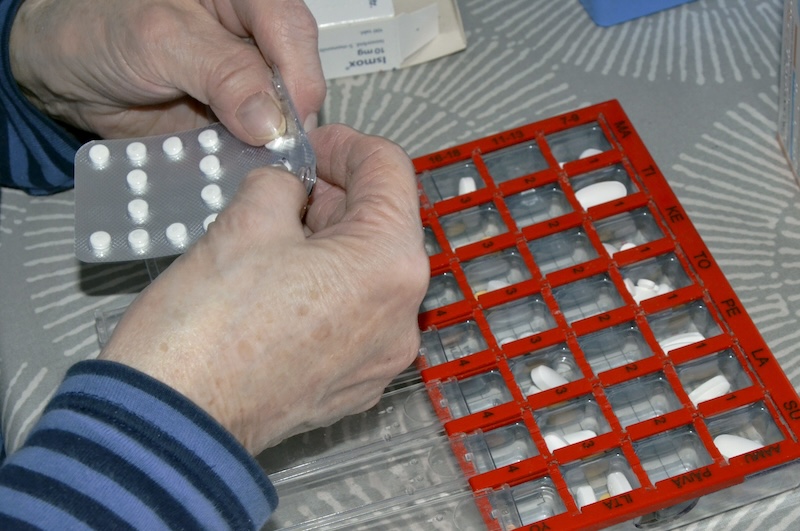The Finnish Medicines Agency (Fimea) received 2,676 notifications of medicine shortages from pharmaceutical companies in 2024. This marked a slight decrease from the 2,849 notifications in 2023. Despite the high number of shortages, most cases were resolved by substituting unavailable medicines with equivalent alternatives at pharmacies.
Julia Lehtinen, Head of Division at Fimea, noted that shortages increasingly affected multiple products containing the same active ingredient.
This created significant challenges for healthcare providers and pharmacists in identifying suitable alternatives.
The largest number of shortages occurred in medicines for neurological and cardiovascular conditions. Production capacity limitations and other manufacturing issues remained the most frequently reported causes of disruptions.
In 2024, particular difficulties arose with antibiotics such as macrolides and doxycycline due to increased infections in late autumn. Shortages of short-acting oxycodone and the cholesterol-lowering drug rosuvastatin posed additional challenges. The limited availability of semaglutide and other GLP-1 agonists persisted throughout the year.
Efforts to address medicine shortages are ongoing at the European Union level, as national actions alone have limited impact due to Finland’s reliance on imported medicines and international supply chains.
The European Medicines Agency (EMA) is piloting a monitoring system to track medicine availability and demand. Additionally, a solidarity mechanism has been developed to allow member states to request assistance from the EMA’s medicine shortage task force during critical shortages when all other solutions have been exhausted.
These measures aim to mitigate disruptions and enhance the resilience of the pharmaceutical supply chain across the EU.
HT
